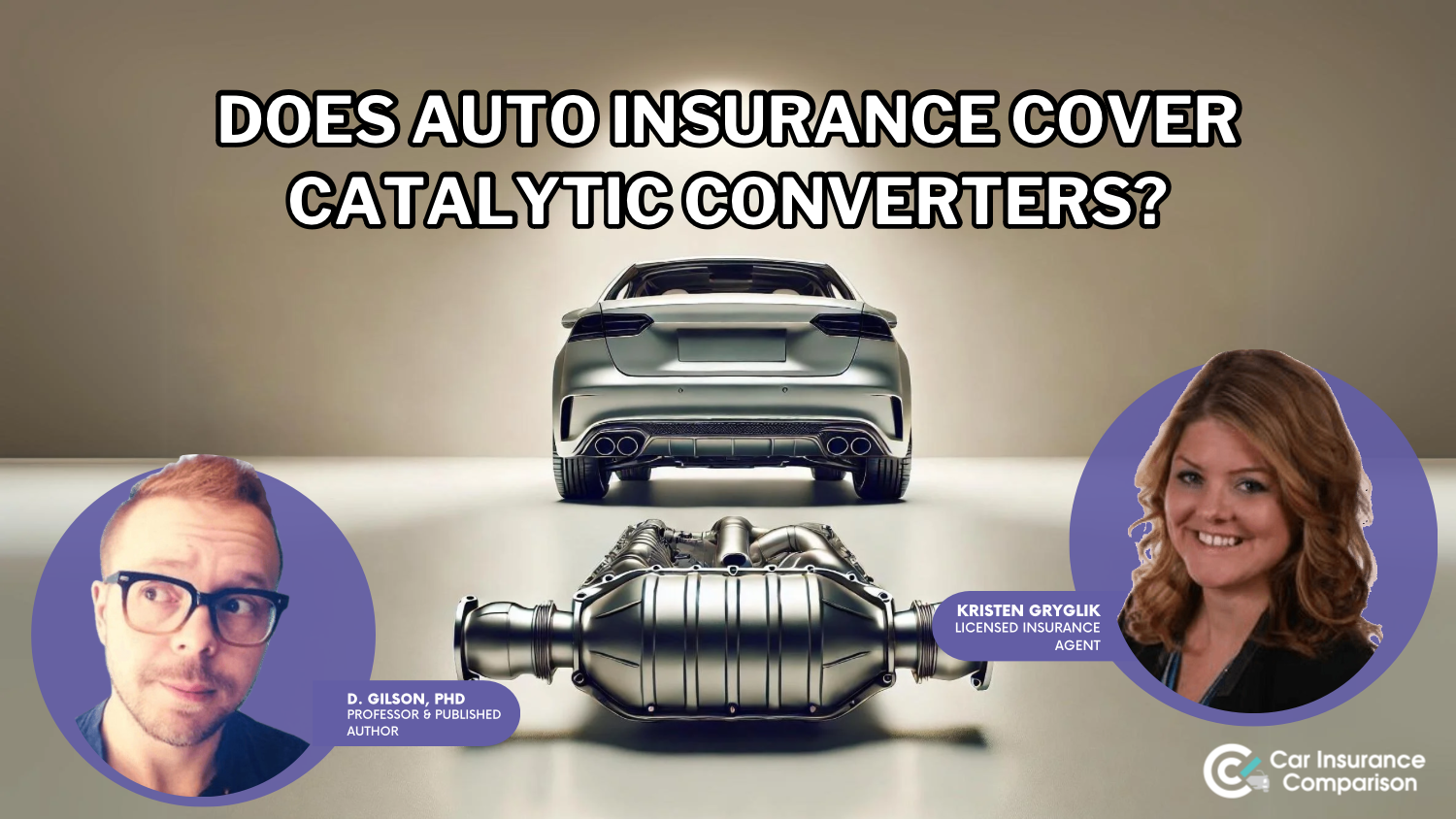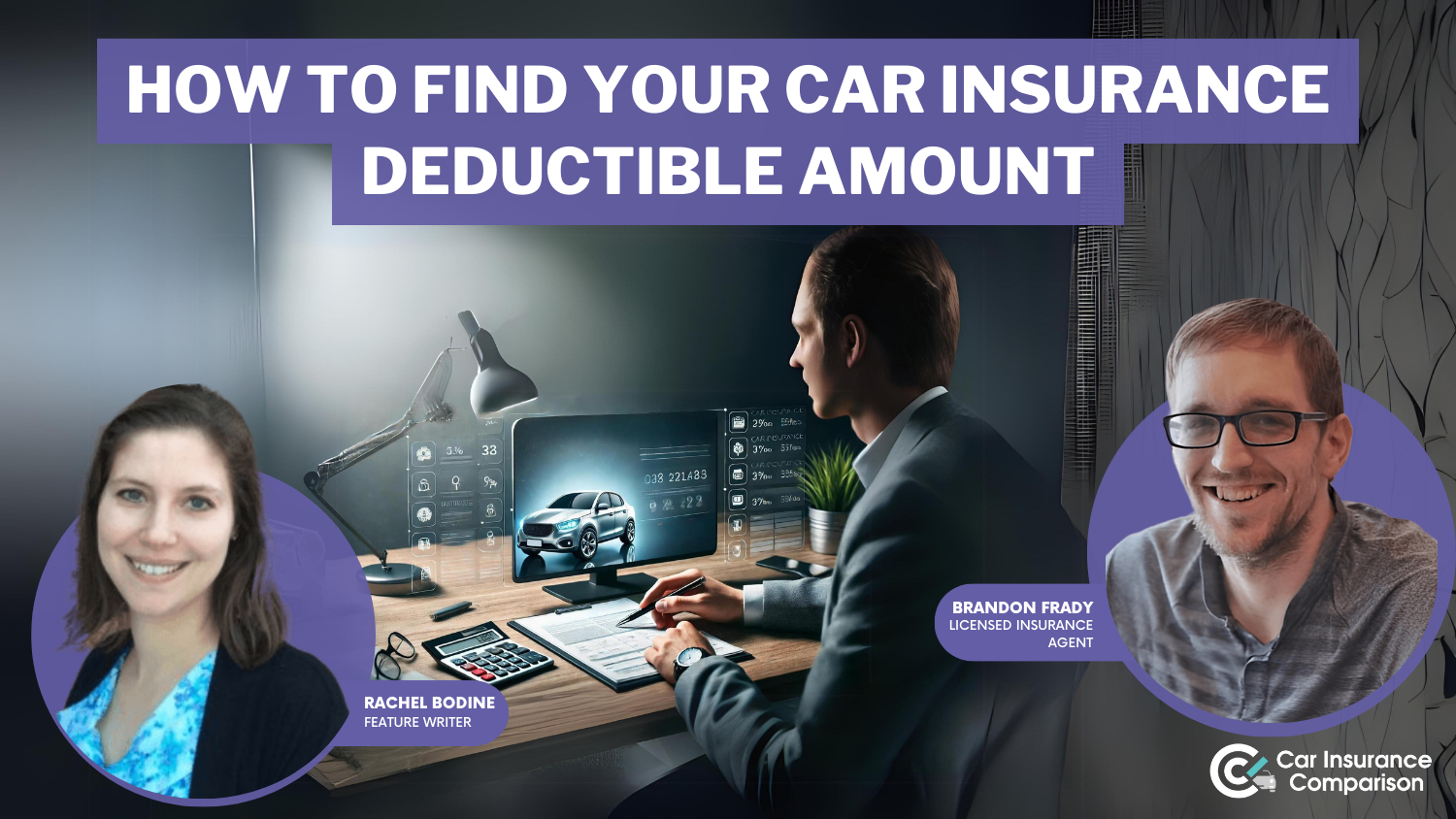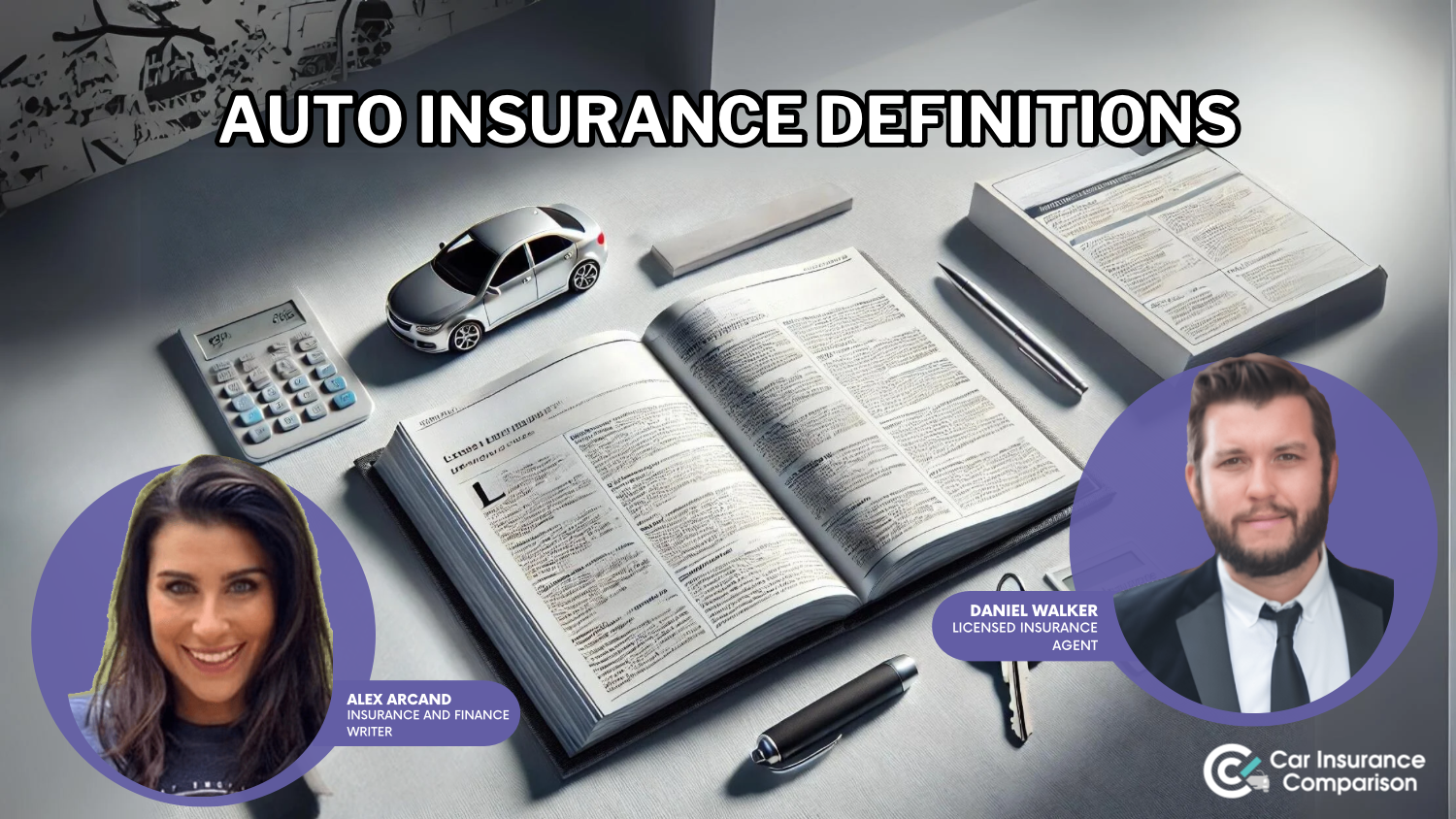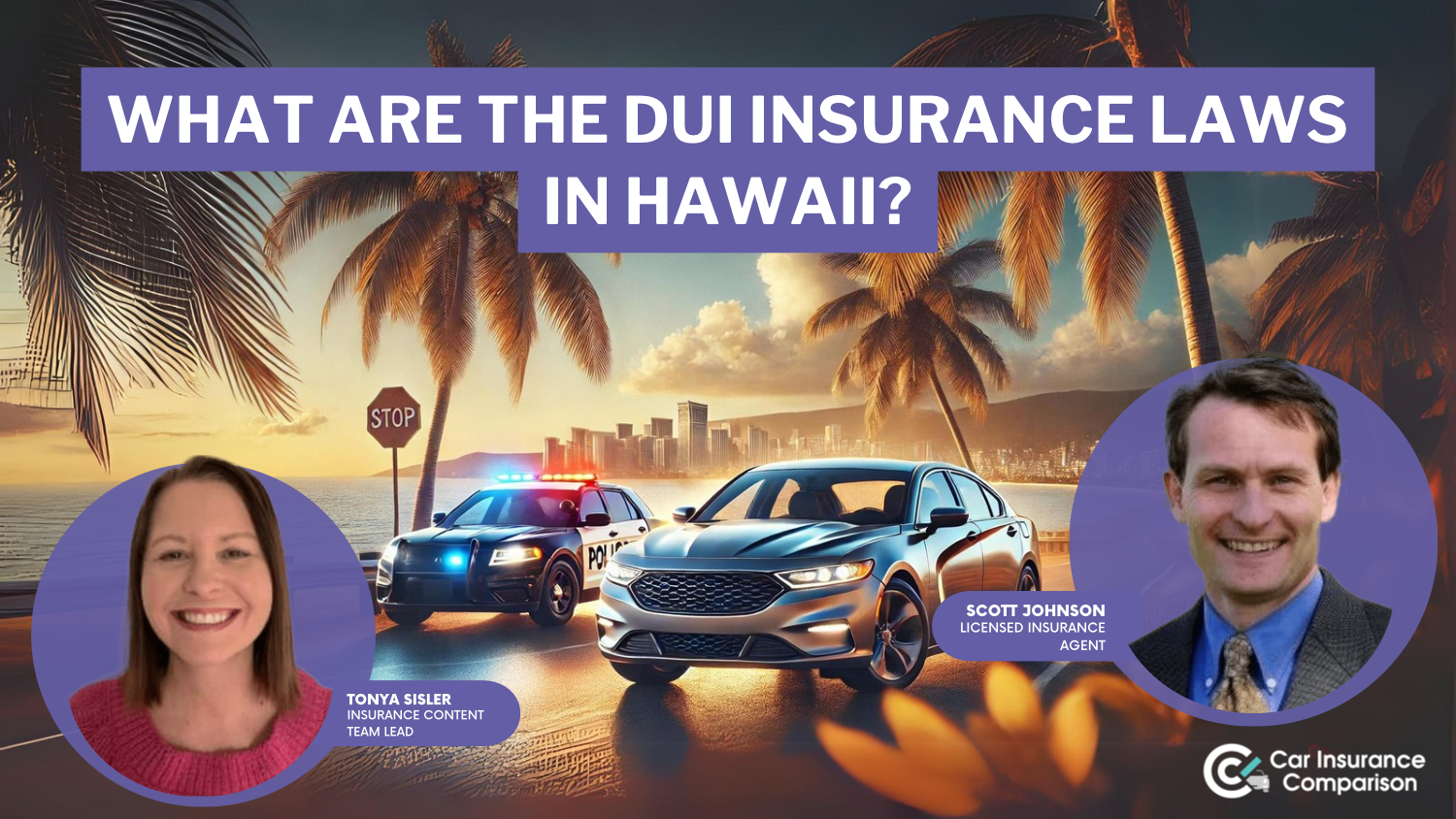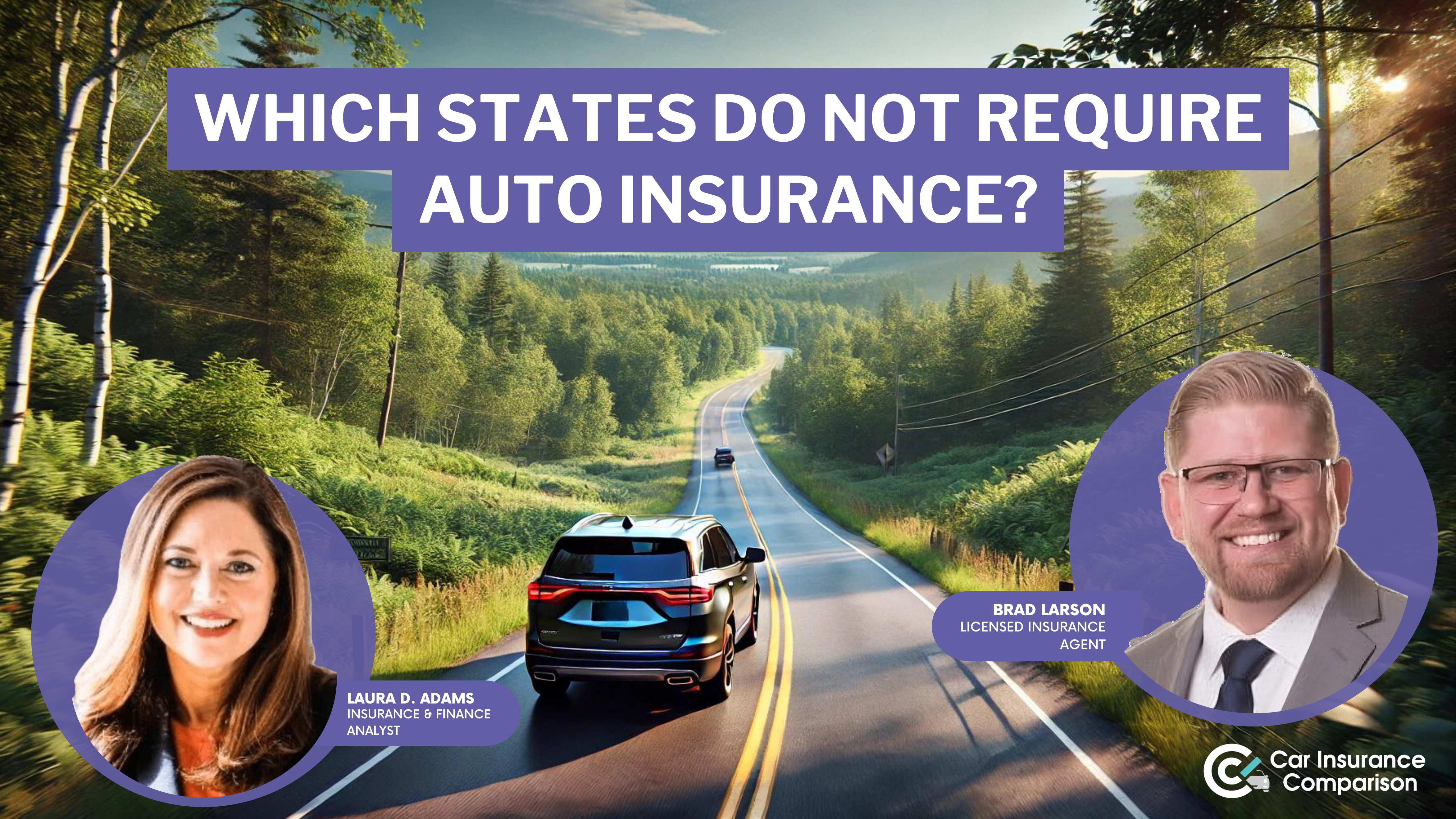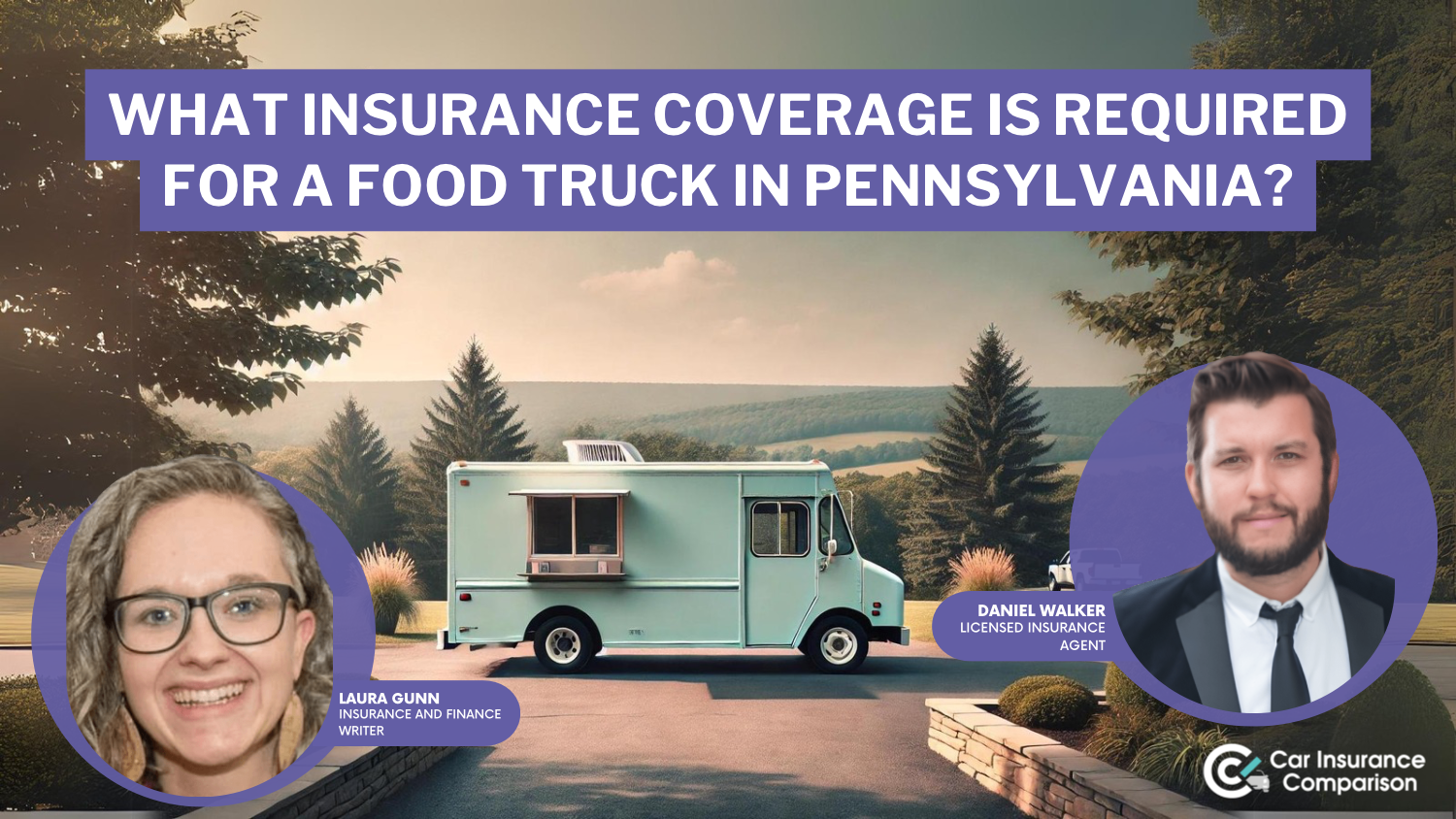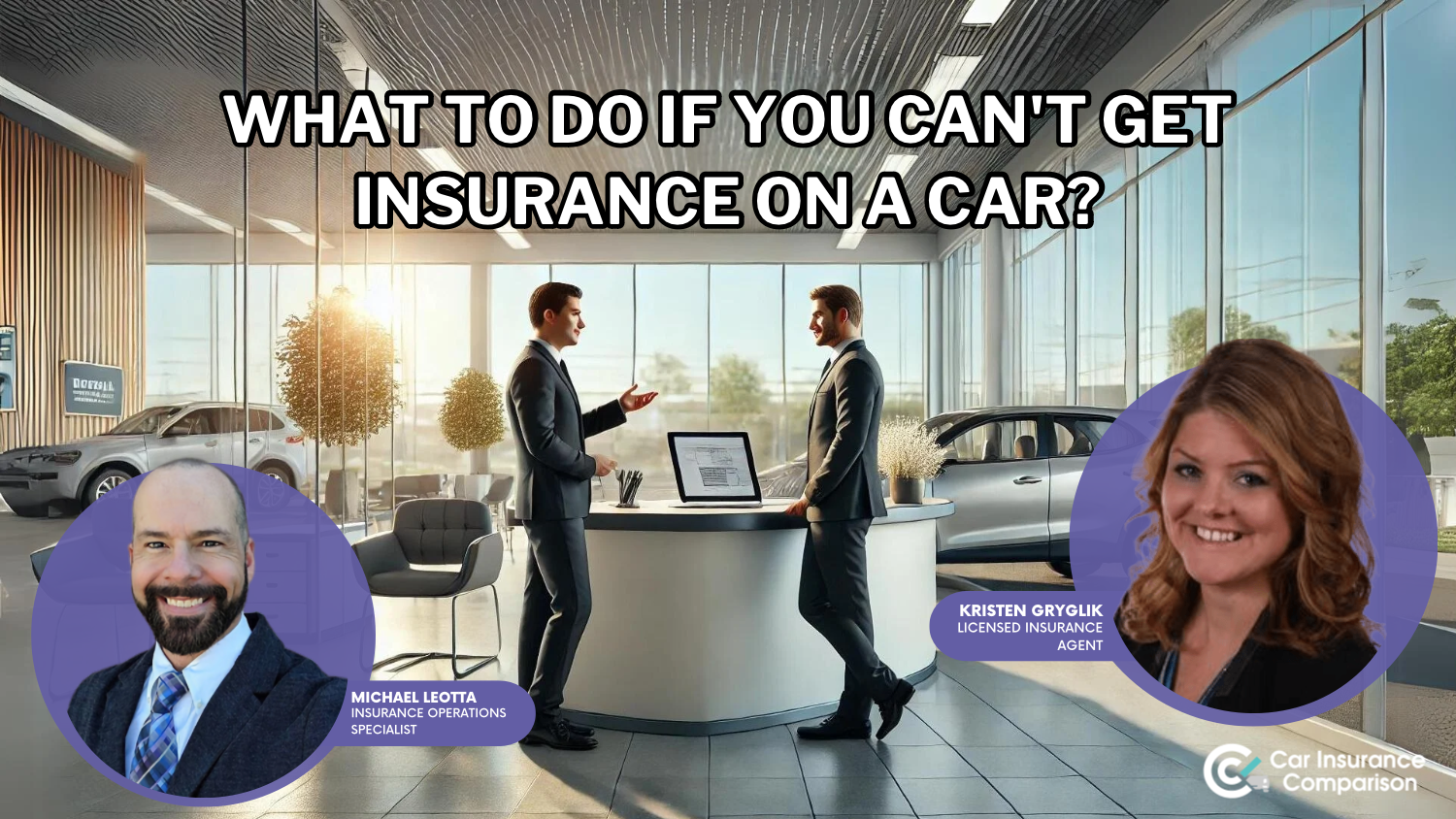
There are different reasons this can occur, but they normally relate to high-risk factors that the insurance carrier is unable to provide coverage for. You may have gotten into an accident in which you were found at fault recently, you may have a significant traffic violation on your record, poor credit, or something else. There are plenty of reasons beyond just at-fault accidents that can make it hard for you to find insurance quotes but, whatever they are, you need insurance if you’re going to be driving.
So, if you are running into difficulties when trying to obtain coverage, it’s important to understand your risk factors as well as your alternative options. Even if you are considered a high-risk driver, you still are required to have insurance if you have a valid license and are driving. Sometimes a high-risk driver can take a defensive driving course and then be cleared.
If your case is not so simple, keep reading about what you can do to get the auto insurance coverage you need.
Enter your ZIP code above for rates from top auto insurance companies in your area!
- When you cannot get car insurance, one of the first things to do is understand why you are unable to obtain coverage
- Maintaining an active car insurance policy is a requirement in almost every state, so it’s important that you figure out what is keeping you from achieving this goal
- One reason you may be unable to obtain coverage could be that your poor driving record or poor insurance history
- There are also different types of vehicles, such as high-performance or exotic cars, that may not meet the qualifications for traditional insurance
What factors are there that keep you from qualifying for coverage?
When you try to purchase car insurance through an insurance carrier, you may learn that your risk exposure is higher than some carriers are willing to cover. This is something that you will run into right away if you’re looking for insurance quotes, it typically doesn’t sneak up on you. You can ask your insurance agent for help understand the driving risk that your carrier thinks you are and what your options are.
There are many states that have implemented compulsory insurance requirements, which means that you must have an active car insurance policy. Comprehensive coverages are usually only required when you are driving a financed vehicle; the proof of insurance you’re typically required by law to have is liability coverage. Even if you have a bad driving record, you can get this kind of coverage in almost any circumstances, sometimes even license suspension.
While you may be required to carry insurance coverage, this does not mean that insurance providers are required to insure you.
If you find yourself unable to obtain coverage through a traditional provider, this does not negate any compulsory insurance requirements; this means you may need to acquire coverage through a high-risk or private insurance provider. It does take a lot more than a simple accident to lead to you requiring this type of coverage, though. Usually, a more severe traffic violation leads to you needing an alternate provider.
While you attempt to acquire insurance through alternative carriers, you will also want to learn more about your risk factors.
A common factor that insurance carriers look at is your previous driving record and your previous insurance history.
If you have a poor driving record or a lackluster insurance history, many insurance carriers may see this as a red flag; this can lead to your policy quotes being denied.
Your driving record documents any violation, citation, or offense reported to your state and tied to your operation of a vehicle.
This means that your driving record will often show a pattern or history of incidents, allowing traditional carriers to get an idea of what type of driver you are.
Along the same lines, your insurance history documents your previous interactions with insurance providers.
This can include your history of claims, your different policies over the years, and even times you fail to pay your policy premiums.
If you have a limited history, a record with several claims or accidents, or no record at all, insurance carriers may be hesitant to provide you with coverage.
Additionally, if you own and operate a unique, high-performance, or otherwise exotic vehicle, you may find carriers are unwilling or unable to provide coverage.
This could be due to the chance of theft or vandalism the vehicle comes with, or this could be due to the unique risks such a unique vehicle faces.
High-performance cars specifically are linked to higher rates of accidents and even death.
Free Insurance Comparison
Compare Quotes From Top Companies and Save
Secured with SHA-256 Encryption
What happens if I can’t get car insurance? What options do I have?
If you are encountering resistance through traditional providers, there are still options available for you to obtain coverage.
Two of the more common choices are purchasing insurance coverage through a private insurance company or joining a state assigned risk pool.
Private insurance companies can provide high-risk drivers with insurance due to the nature of their business, they often have a diverse risk profile they are looking to provide coverage to.
While the premiums may not be as low as traditional providers will offer, these high-risk policies may still afford many of the same options and coverage limits that traditional policies provide.
On the other hand, a state assigned risk pool is a grouping of high-risk drivers that are assigned to different insurance providers that operate in your state.
This means the company is not given a choice whether they can insure you or not, but they are not required to provide you with all the same options and limits that safer drivers may receive.
These policies also come with higher premiums compared to a traditional insurance policy.
If you want to explore obtaining coverage through a private insurance company or through a state assigned risk pool, the Department of Insurance for your state can provide assistance.
They are often equipped to provide guidance about your options as well as contact information for high-risk insurance providers in your state.
What can you do to reduce your insurance risk?
Reducing your risk is one of the best steps you can take to make obtaining insurance coverage in the future much easier.
These changes will not help your short-term coverage needs, but remaining consistent and proving yourself as a responsible driver will pay off in the future.
There are different factors that insurance providers will look at when quoting your coverage, and different reasons that they may not like what they see, so it’s important to make changes to the ones you can influence.
Some factors, such as your age or gender, are not easily influenced or changed. This means that influencing other factors, like your driving record or your living situation, may be your best option.
If you live in an area with high levels of crime, for instance, you may want to see what options are available to you.
Additionally, installing security features may reassure your insurance carrier that you are doing all you can to reduce the risk of theft or vandalism.
The type of car you drive may also be something you can adjust, normally by using a more traditional or standard car for your daily commute or to run errands. Your insurance agent can help you understand if and why the car you’re driving may be considered at higher risk for an accident.
When you are young, you haven’t been driving for a long time, and you do not have as much experience behind the wheel, which means you are more likely to be involved in an accident.
As you continue to grow older, insurance carriers will take your experience into consideration more and more as you spend more time behind the wheel.
As you continue to show that you can be responsible and safe while operating a vehicle, insurance carriers will start to reward you for this by making your coverage more affordable and easier to obtain. The longer you can go without an accident, the better that is going to look to an insurer.
What do you need to know?
Purchasing an insurance policy through a traditional insurance carrier is usually the easiest way to obtain coverage, but you may find difficulty obtaining coverage depending on your risk factors.
You can find a private insurer that offers high-risk insurance policies and each state runs a state assigned risk pool for drivers that are having difficulty obtaining coverage.
It’s important to remember that both of these options often come with higher insurance premiums compared to traditional policies. The insurance company catered to these kinds of customers has less of a need to offer competitive prices.
Read more: Learning About High-Risk Car Insurance
If you are looking for coverage through a high-risk insurance option, ask the carrier what factors are contributing to your high level of risk.
Once you’re aware of what your risk factors are, you can take steps to improve how traditional carriers view you, because you have the reasons they may deny you laid out, so you can take action on a solution, whether that’s improving your driving habits, or just keeping consistent coverage. Remember, a lapse in coverage is another one of the reasons an insurer could decide that you’re a risk, even though that has nothing to do with your driving.
Making changes to lower your risk will help you obtain car insurance through a traditional carrier in the future.
Enter your ZIP code below to find auto insurance rates that fit your budget!
Free Insurance Comparison
Compare Quotes From Top Companies and Save
Secured with SHA-256 Encryption
Case Studies: Challenges in Obtaining Car Insurance Coverage
Case Study 1: Denied Coverage Due to Poor Driving Record
John, a 25-year-old driver, has been involved in multiple accidents and has several traffic violations on his record. When he tries to obtain car insurance through traditional insurance carriers, he is denied coverage due to his high-risk driving history.
John contacts a private insurance company specializing in high-risk drivers and is able to secure coverage, although at higher premiums compared to traditional policies.
Case Study 2: Rejected Insurance Quotes With Limited Insurance History
Sarah, a 20-year-old driver, has recently obtained her driver’s license and has a limited insurance history. When she approaches different insurance carriers for coverage, she faces difficulties due to her lack of insurance records.
Sarah seeks assistance from her state’s Department of Insurance and is provided with contact information for high-risk insurance providers. She eventually obtains coverage through a private insurance company, although at higher costs.
Case Study 3: Ineligible for Coverage for Exotic Vehicle
David owns a high-performance exotic vehicle, and when he tries to obtain car insurance, he finds that many insurance carriers are unwilling or unable to provide coverage due to the unique risks associated with his vehicle.
He explores options with private insurance companies specializing in high-risk vehicles and finally secures coverage, albeit at a significantly higher premium compared to traditional policies.








